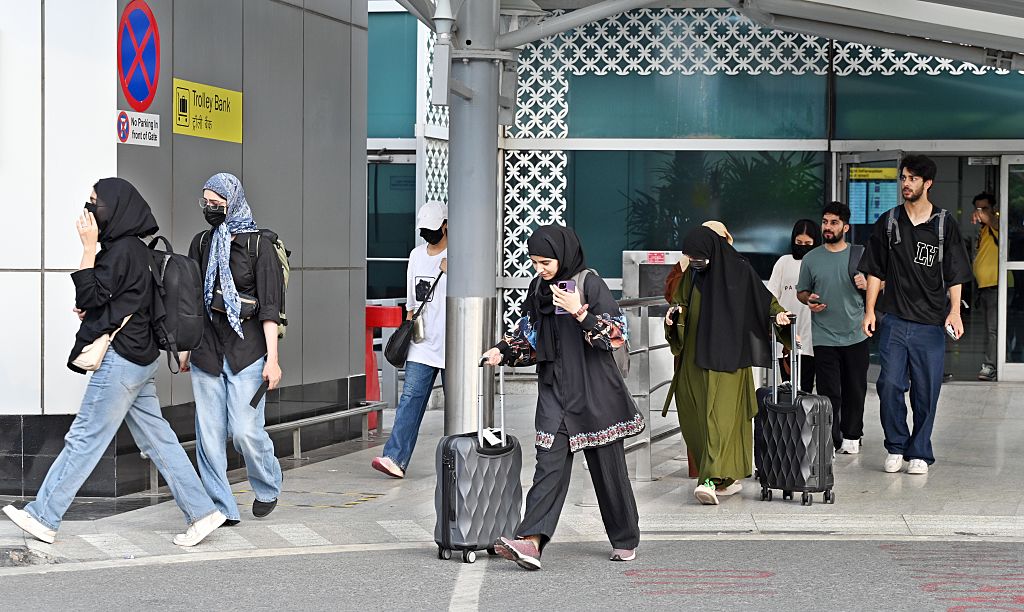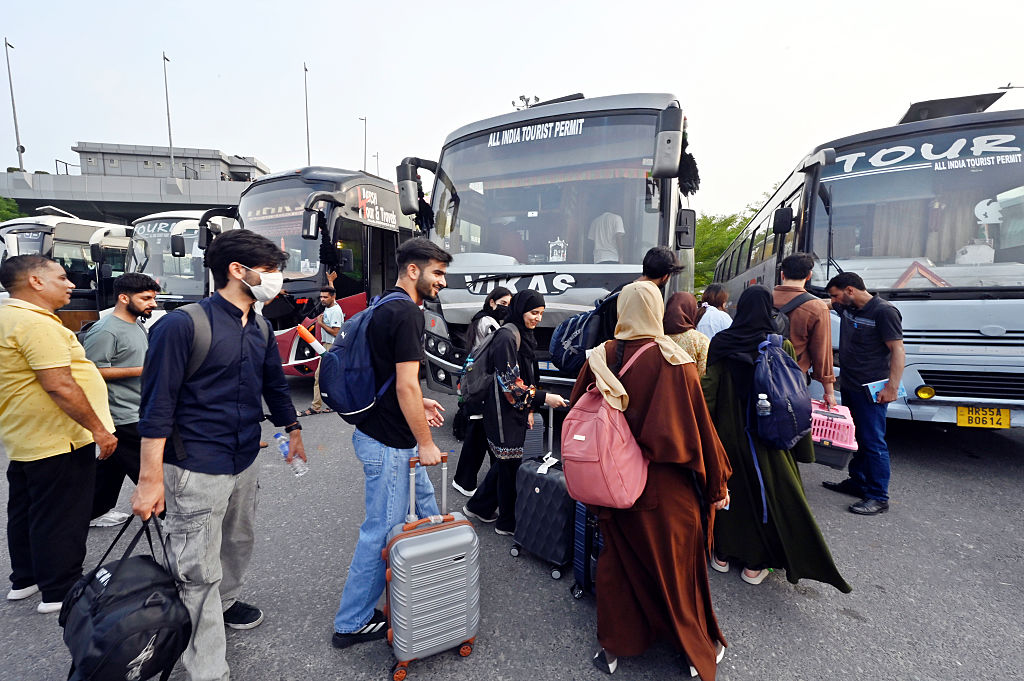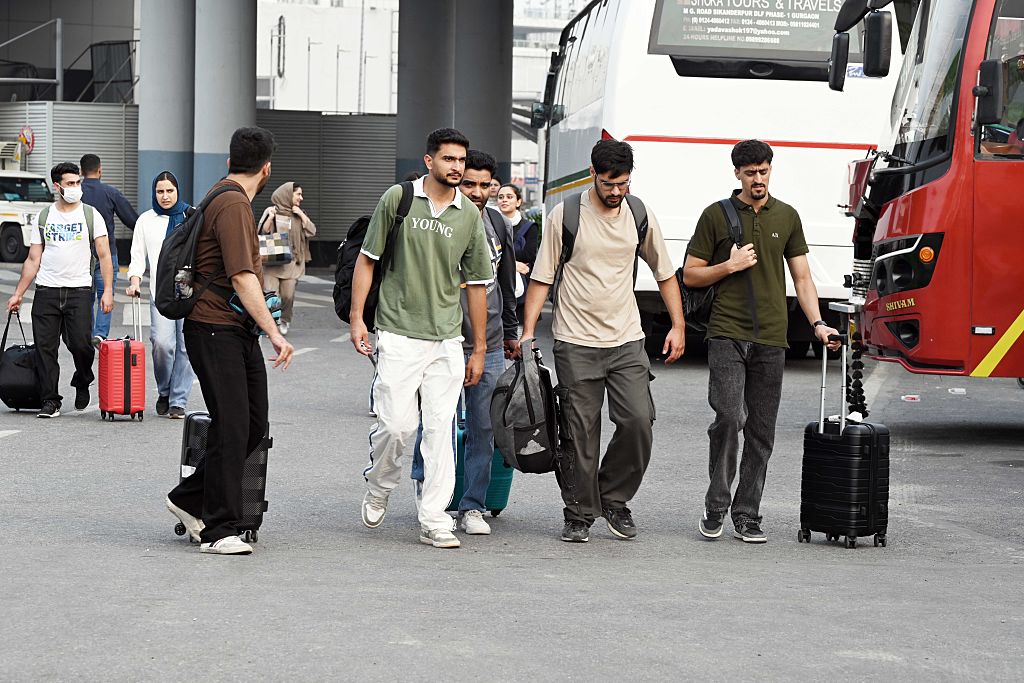As conflict brews in the Middle East, the evacuation of Indian students from Iran raises a key question again: why do so many, particularly from Kashmir, study in Iran?
The escalating Iran-Israel conflict has turned public attention on a recurring trend, the move of Indian students, especially from Kashmir, to foreign countries for education. Amid growing safety concerns, the Indian government has begun evacuating students from Iran, many of whom were pursuing medical degrees at institutions such as Tehran University of Medical Sciences, Shahid Beheshti University, and Islamic Azad University.
According to Ministry of External Affairs data from 2022, approximately 2,050 Indian students were enrolled in Iranian universities, a notable portion of them hailing from Jammu & Kashmir.
This isn’t the first time external conflict has exposed the scale of India’s migration for medical education. During the Russia-Ukraine war in 2022, thousands of Indian students had to be rescued under Operation Ganga, most of them aspiring doctors.
Why Students Still Go Abroad Despite More Medical Seats in India?

India has expanded its medical infrastructure significantly, from 51,000 MBBS seats in 2014 to 1.18 lakh in 2024. Yet, thousands still opt to go abroad. A key indicator of this trend is the Foreign Medical Graduate Examination (FMGE), which students must clear to practise in India post-graduation. In 2024 alone, nearly 79,000 students appeared for the FMGE, compared to 61,616 in 2023 and just over 52,000 in 2022.
What’s driving this outward movement? Two major reasons: intense competition and unaffordable costs at private colleges.
More than 22.7 lakh students sat for NEET-UG 2024, competing for a little over 1 lakh MBBS seats. Of these, only half are in government colleges, which are relatively affordable. Private colleges charge exorbitantly high tuition, often running into crores.
Why Kashmiri Students Prefer Iran?

While cost is a universal factor, students from Kashmir have unique motivations for choosing Iran. Beyond affordability, it’s about history, religion, and culture.
Religious affinity plays a role too. A significant Shia population in Kashmir naturally finds cultural and theological comfort in Iran, a Shia-majority country. This has shaped a pathway where students from Kashmir can gain quicker, cheaper admission into Iranian universities. Many pursue medicine in Tehran, while others opt for Islamic theology in Qom and Mashhad.
But It’s Not Without Risks
The affordability and accessibility of medical education abroad come with strings attached. “There are few strict eligibility conditions. If a student can pay, they usually get in,” Dr Lal cautioned. He pointed out that some institutions operate dual systems, one track for domestic students, designed to meet national standards, and another more relaxed track for foreigners seeking only a degree. In some cases, this means that foreign-trained doctors aren’t even qualified to practise in the countries they studied in. To counter this, the National Medical Commission (NMC) in India has set guidelines:
Students must be eligible to practice in the country where they graduate. Their course must last at least 54 months, completed at a single university. A one-year internship at the same university is also mandatory.
This has created hurdles, especially for students from countries with shorter course durations. For instance, students from the Philippines faced issues because their courses were only 48 months long, six months short of India’s new benchmark.

The Challenge of Returning Home
Even with a medical degree in hand, the road to practicing in India isn’t easy. The FMGE, the gatekeeper exam for foreign-trained doctors, has a low pass rate. In 2024, only 25.8% cleared the test. The figure was even lower in 2023 at 16.65%, and 23.35% in 2022.
Beyond the exam, students sometimes face recognition issues from regulators, particularly if their course structure doesn't match Indian norms.
;Resize=(820,462))
